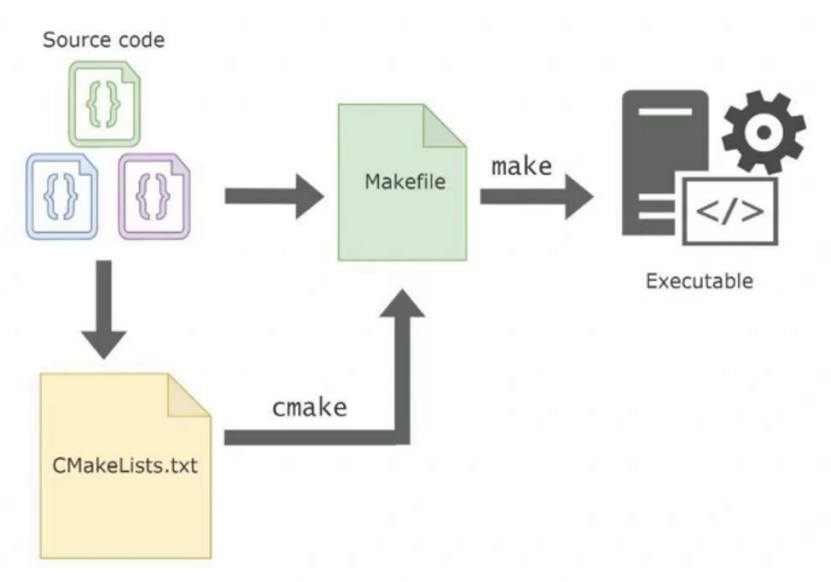
1. How Does Make Work?
-
Controls the generation of executable files and other files from source code;
-
The instructions for building the program are specified in a file called Makefile;
-
Make reads the Makefile to determine the necessary steps to build the program.
2. How CMake Works
-
CMake requires a CMakeLists.txt file and acts as a cross-platform build tool;
-
It allows for compiler-independent software building, testing, packaging, and installation;
-
CMake generates build files for various systems but does not compile the code directly;
-
CMake can generate Makefiles, which can then be used with Make to build the program on the target platform.
-
CMake is cross-platform: CMake is designed to work across different operating systems, achieving consistent builds across platforms. -
Make is single-platform: Make is primarily used on a single platform and requires manual intervention to ensure compatibility across different systems.
-
Similarities: Both CMake and Make are fundamental tools for automating the build process in software development. -
Differences: CMake provides cross-platform compatibility and acts as a generator for various build systems, while Make focuses on executing the build instructions specified in the Makefile.

In conclusion, understanding the differences between CMake and Make can enable developers to choose the most suitable tool based on their specific project needs.

END
→ Follow to Stay Updated ←